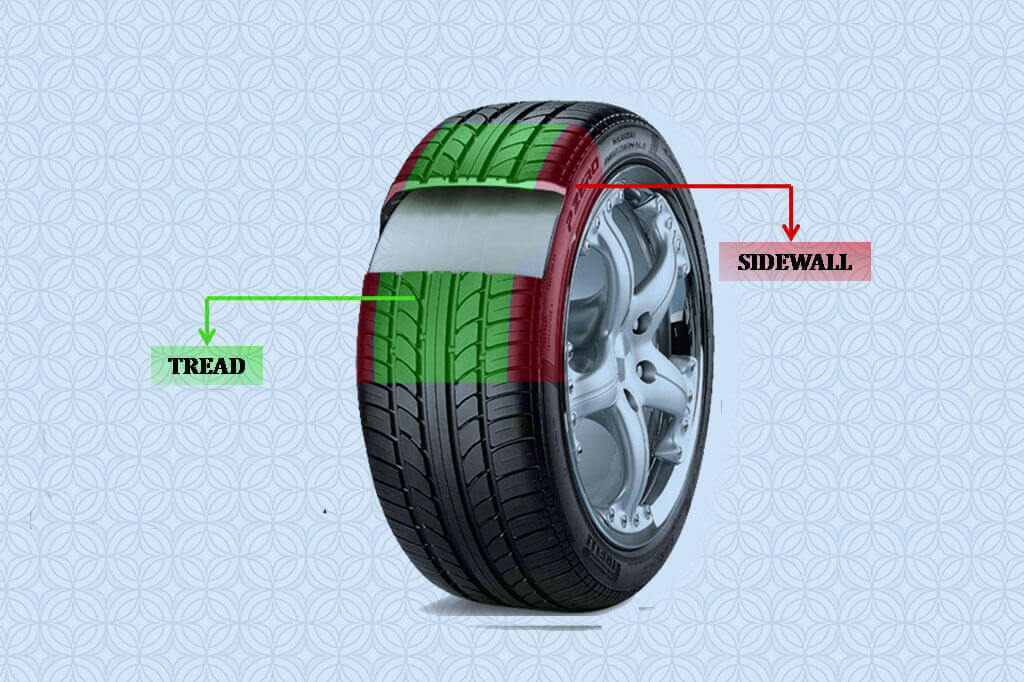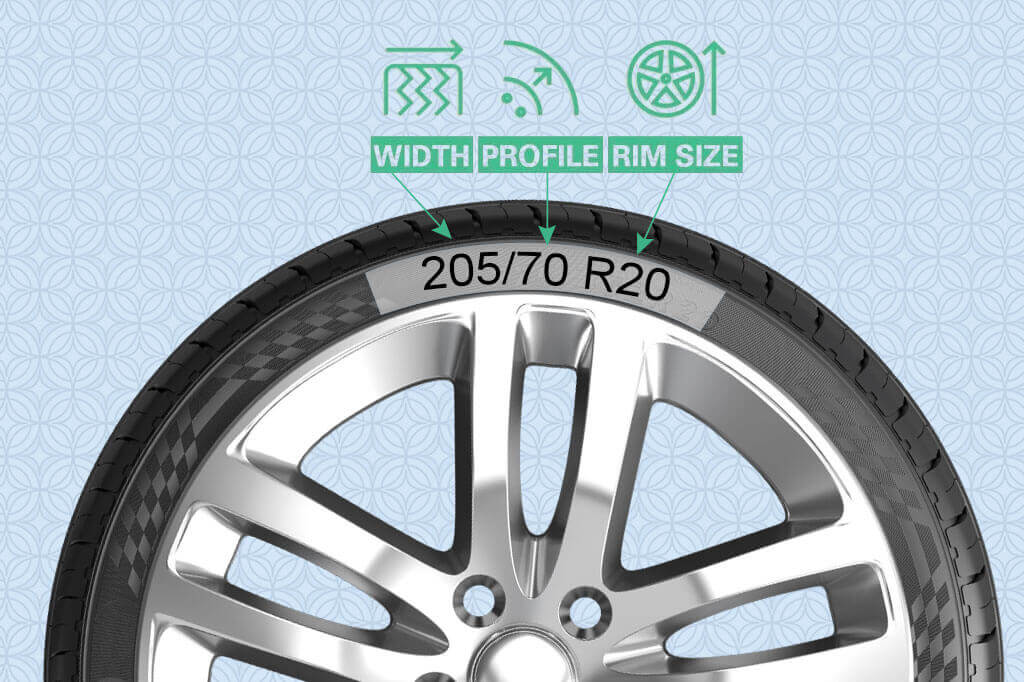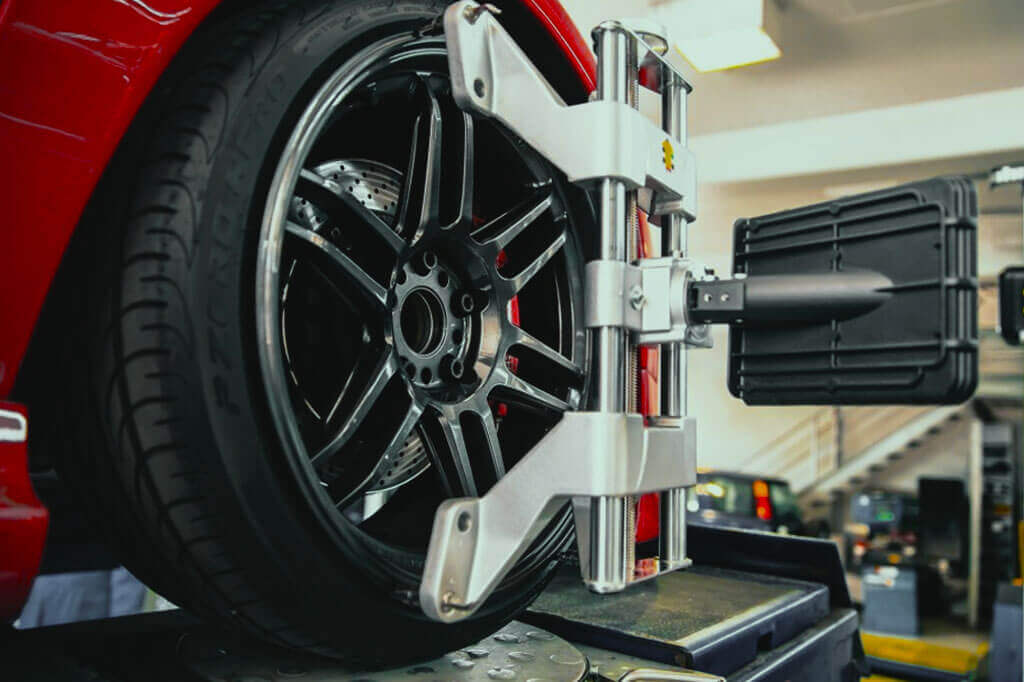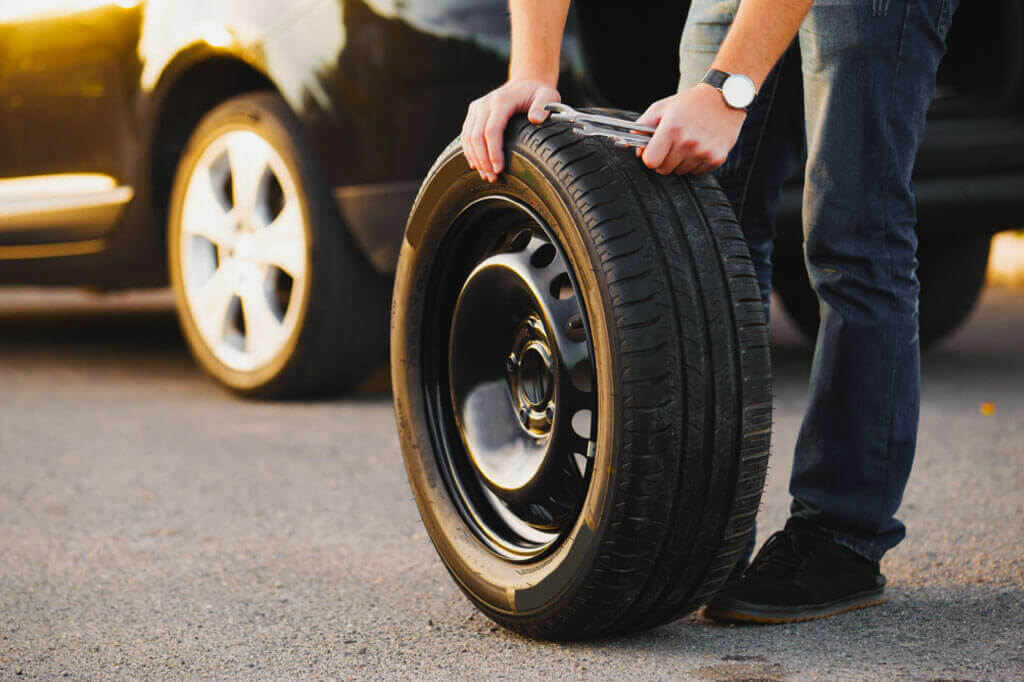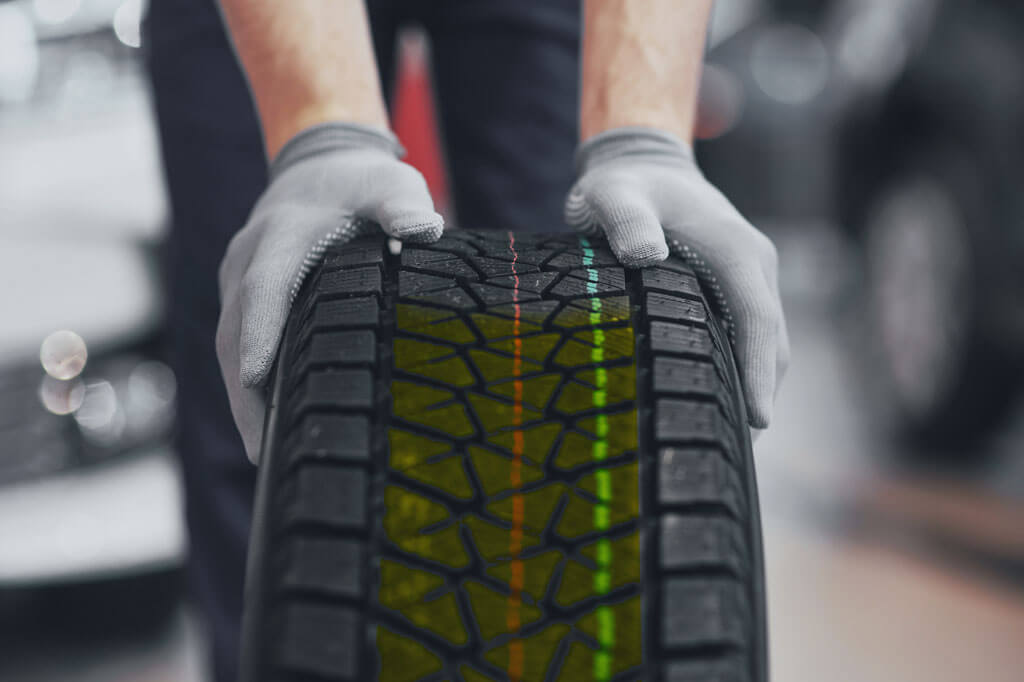Your car tyres are engineered with different components that determine its performance and potential on the road. While the premium ones have attractive features like a robust sidewall, rigid construction and strong casing, budget tyres might be made of less to moderate quality tread materials.
Here are some of the components that make up your tyre,
Casing
The casing of the tyre comprises all the things apart from the steel belts and treads. The casing contains plies, sidewall, beads and inner liner.
Sidewall
As the name indicates, the sidewall is the surface of a tyre that makes up the sides. It extends from the tread to the rim bead and also includes the tyre markings that include the size, load index, diameter and speed rating.
Tread
The tread is responsible for making contact with roads. A tread comes with grooves and sipes that are necessary for improving traction on the ground.
Different Types of Tyres
- Summer Tyres: These are made for hot weather conditions and provide superior traction in dry and wet road conditions. Summer tyres have optimized tread blocks and provide greater resistance to hydroplaning. Moreover, summer tyres are perfect for car owners looking to get the best performance in temperatures above 7 degrees Celsius.
- Winter Tyres: When you drive in snowy or icy winter conditions, installing winter tyres becomes vital to get improved performance and safety. These tyres are made with advanced silica compound and flexible material that allows them to remain flexible in temperature below 7 degrees Celsius and are less prone to premature damage. Moreover, winter tyres have enhanced tread patterns and sipes to offer higher adhesion and better footing on snowy surfaces.
- All-season Tyres: These tyres are the perfect blend of summer and winter tyres and are perfect for car owners who want the best performance throughout the year. The shallow tread of all-season tyres makes them perfect for driving in moderate weather conditions.
- Performance Tyres: These tyres offer superior traction and road grip even when the car is going at high speeds. Moreover, performance tyres are ideal for car owners looking to get track performance on city roads. Installing these tyres will deliver enhanced braking, cornering and handling performance.
- 4x4 Tyres: H/T, A/T and M/T are the three types of tyres made to offer superior on and off-road driving. The H/T and M/T are made for highway and muddy terrains, respectively. And the A/T tyres are a mix of two and deliver reliable performance in moderate on and off-road conditions.
Tyre Markings
Checking the tyre markings is vital to ensure you get the right unit.
If a tyre has this marking: 185: 55: R: 16
185: The first three letters refer to the width of the sidewall of a tyre in millimetres.
55: The next two digits indicate the aspect ratio of the tyres. An aspect ratio of 55 means that the height is 55% of the tyre width.
R: The first letter on the tyre marking indicates the construction style. R indicates radial construction and is the most common type of construction pattern. Other construction types include B and D for Bias and Diagonal, respectively.
16: The rim diameter is measured in inches and is important to check when buying a new set of tyres.
Other Types of Markings To Check:
- Load Index: This indicates the maximum weight a tyre can carry at the highest permissible speed. If a tyre has a load index of 83, it means it can carry up to 475 lbs.
- Speed Rating: The speed rating reveals the maximum speed a tyre can reach. An H speed rating indicates that the tyre can be driven to speeds up to 210 mph.
- Maximum Inflation Pressure: This indicates the maximum air pressure a tyre can support.
- Tread wear Number: This number is used for determining how long it will take for the tread to wear off.
- Traction Grade: Tyres come with different ratings called AA, A, B and C. It depends upon the traction they create on wet ground. It is important to check to determine wet braking performance.
- Temperature Grade: This Grade indicates how high temperature can a tyre endure. Tyres with grade A will not get damaged easily at higher temperatures.
- The year of manufacture: Lastly, the DOT code tyre markings also reveals when and where the tyre got manufactured.
If you are still unsure about tyres, then consult an experienced professional today who can suggest the best solution for your car.



